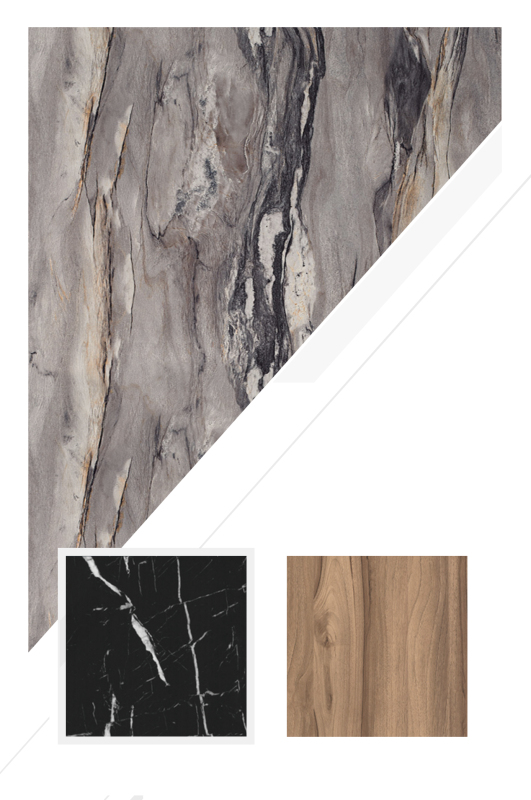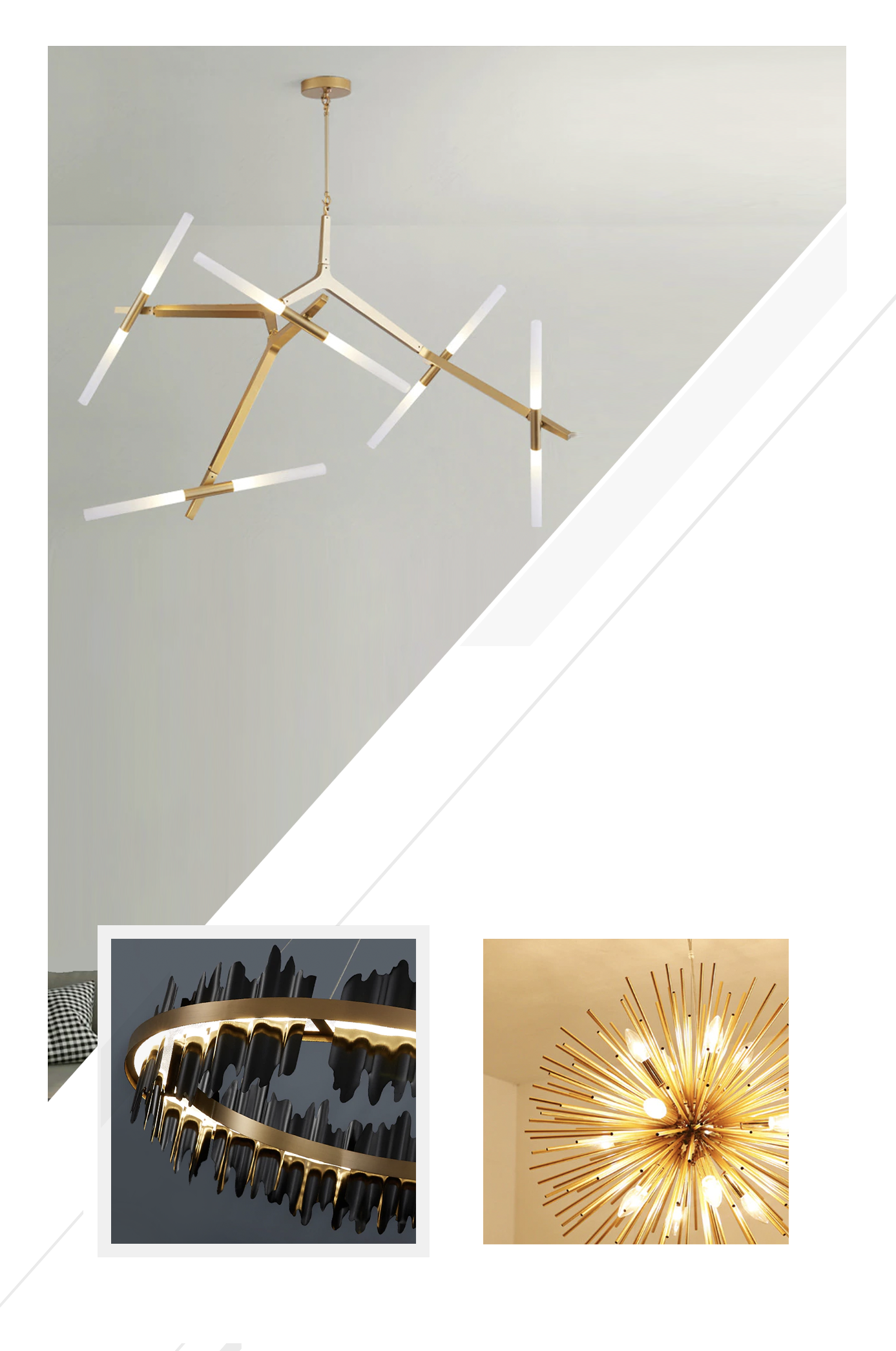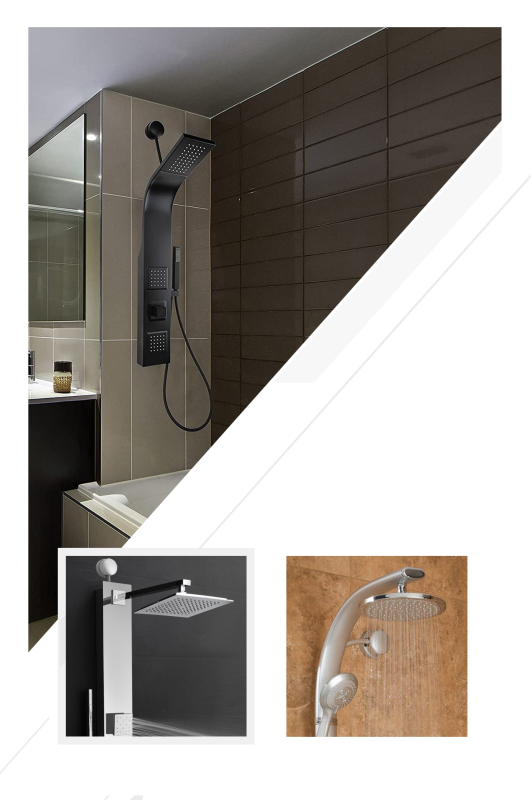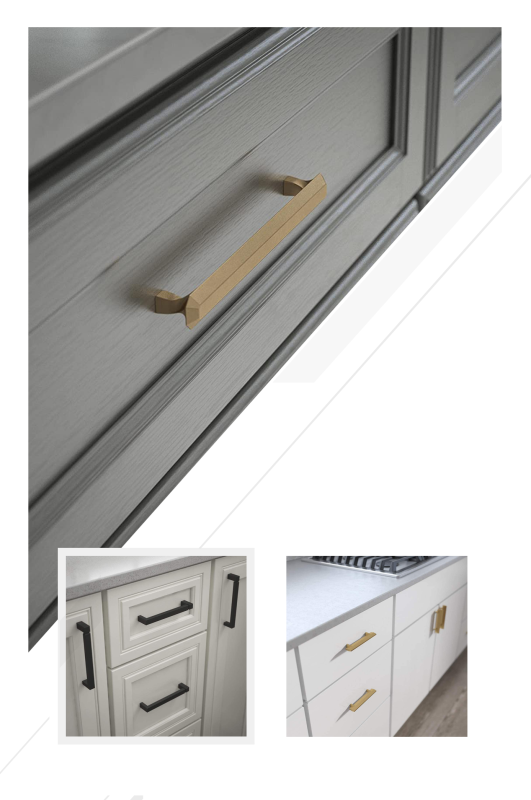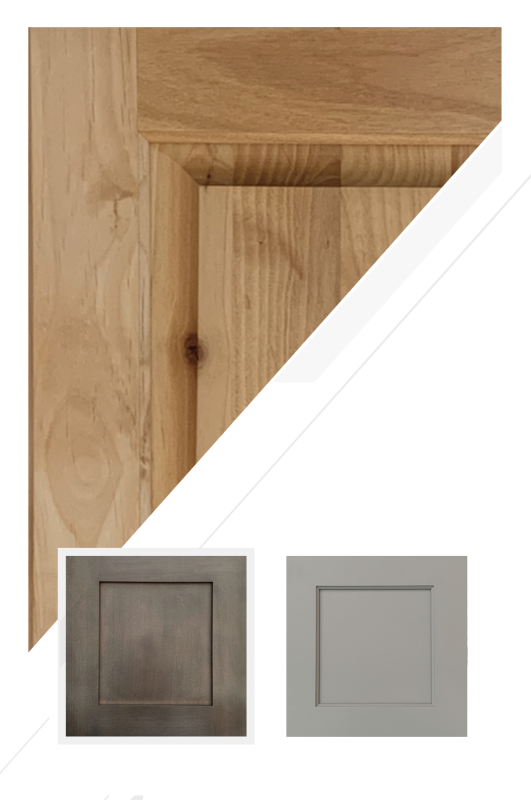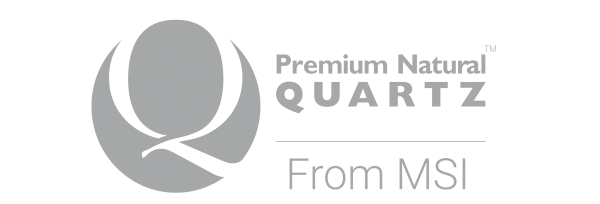Permits, Insurance, and WUI Compliance Wildfire Rebuild Guide
By Joy Line Homes California
Rebuilding after a wildfire can feel overwhelming. There are decisions about permits, insurance, budgets, schedules, and materials that stand up to the next season. Joy Line Homes guides families through each step so the path forward is clear. Our modular homes and ADUs are built for California’s Wildland Urban Interface, with assemblies that pass inspection and deliver comfort every day. This guide shares a simple sequence that homeowners in Los Angeles, Ventura, Santa Rosa, Napa, and Paradise can follow to return home sooner and with greater confidence.
Step 1: Stabilize and Document
Begin by documenting the loss and the site. Photograph all areas from several angles. Save receipts for temporary housing, meals, transportation, and cleanup. Request a full itemization from your insurer, including dwelling, contents, and additional living expense categories. Create a simple folder structure on your computer with sections for insurance, permits, utilities, surveys, and bids. Good records shorten calls, settle questions, and protect your budget throughout the rebuild.
Step 2: Clear the Site the Right Way
Counties often require debris clearance and soil testing before new work begins. Contact your local environmental health department for current procedures. Confirm whether a public debris program is available or if you need private contractors. Keep copies of manifests and testing results. Joy Line reviews this paperwork during feasibility so your submittal package is complete and ready for the next step.
Step 3: Confirm Property Facts
Collect your parcel number, zoning, setbacks, easements, slope data, and utility status. Ask the utility providers to verify service locations and capacity. If previous plans exist, add them to your folder. Joy Line checks access routes, crane staging, and WUI mapping early. This allows us to propose the best foundation, set strategy, and timeline for your specific site in Los Angeles, Ventura, Santa Rosa, Napa, or Paradise.
Step 4: Budget with Insurance Reality
Many families learn they are under insured. Start with the number in your dwelling coverage and work backward to a realistic scope. Consider an ADU as a first phase to return to the property quickly, then plan a primary home once supplemental funds are resolved. Joy Line provides itemized scopes, fixed pricing, and clear allowances so you can match the design to real coverage and avoid mid project surprises.
Step 5: Choose Modular for Speed and Quality
Modular construction reduces variables that slow recovery. While the site is prepared, your home is built in a factory setting that protects materials and enforces quality. Joints are tight, insulation is continuous, and every assembly is inspected before delivery. When modules arrive, the set takes hours, not weeks. Inspections follow a clean checklist and you move toward occupancy without weather delays or uneven field conditions.
Step 6: Design for WUI and Daily Life
Safety and comfort belong together. Joy Line specifies ignition resistant exteriors, Class A roof assemblies, enclosed eaves, ember resistant vents, and dual pane tempered windows. We pair these with daylight strategies, balanced ventilation, and calm interior finishes. The result is a home that feels bright and modern while standing up to heat, wind, and ember exposure. In Santa Rosa neighborhoods we align window patterns and porches with the street rhythm. In Napa we add deep covered outdoor rooms that cool the interior and respect rural character. In Los Angeles hillsides we simplify forms and protect underfloors for access and safety. In Ventura we select corrosion resistant details that handle coastal air and canyon winds.
Step 7: Submit a Complete Permit Package
Jurisdictions in fire zones review plans closely. Joy Line submits drawings that address structural loads, Chapter 7A provisions, Title 24 energy compliance, site drainage, utility routing, and crane logistics. Because the modules are inspected at the factory, field inspections focus on foundation, connections, and final fit. A complete package reduces resubmittals and shortens the time to approval in Los Angeles County, Ventura County, Sonoma County, Napa County, and Butte County.
Step 8: Select the Right Foundation
Site conditions determine the best base. Joy Line uses raised steel platforms for hillside access and drainage, sealed crawl spaces for energy and ember control, slabs on grade for speed on flat lots, and helical piles where soils are difficult. We design transitions that keep embers out and water away. The foundation becomes a structural base and also a line of defense that makes inspections smoother and ownership easier for the long run.
Step 9: Plan Utilities for Protection and Access
After fire, utilities may be damaged or relocated. We route electric in sealed conduits with clear exterior disconnects. Gas meters and regulators are placed outside the first five feet of the building where practical and shielded from radiant heat. Water lines pass through insulated sleeves and shutoffs sit where responders expect to find them. These choices improve safety and speed inspection, and they make maintenance simple for years to come.
Step 10: Create Defensible Space That Looks Great
Fire safe landscapes can be beautiful. Hardscape replaces combustible planting within the first five feet of the home. Beds step away from the walls with low fuel species. Decks use ignition resistant surfaces with enclosed framing. Fences do not touch the structure. The composition reads as calm and modern while it satisfies WUI inspection requirements and reduces ignition risk for the next season.
Step 11: Consider an ADU as a Bridge Strategy
An ADU can bring you home quickly and serve many roles. It is a place to live during the main rebuild. It becomes a permanent guest suite for family. It can create income that stabilizes the mortgage. Joy Line ADUs are built with the same fire resistant assemblies as our primary homes and install with minimal disruption. In Los Angeles, Ventura, Santa Rosa, Napa, and Paradise, ADUs are helping families reclaim daily life while the larger plan takes shape.
Step 12: Manage the Insurance Timeline
Track deadlines for additional living expenses and code upgrade coverage. Keep a log of every call and email. Request confirmations in writing. When supplements are needed, submit clear exhibits that show code requirements for WUI and energy measures. Joy Line provides documentation that supports these requests and aligns with our scopes and schedules so funding never becomes a reason to pause the work.
What To Avoid
Do not sign open ended contracts. Do not accept materials that lack WUI compliance. Do not design decks or fences that touch the structure. Do not begin work until access for cranes and transport is verified. Do not over invest in finishes that are easy to change while ignoring assemblies that are hard to change. Protect the budget by prioritizing structure, envelope, comfort, and long term maintenance first.
Finding Resources and Community Support
Recovery is easier with partners. County recovery pages list debris programs, fee waivers, and permit assistance. Community foundations and local non profits may offer bridge support for seniors, renters, and essential workers. Housing agencies can connect you with interim housing options. Joy Line maintains a directory of resources by region and coordinates with lenders who understand modular schedules and inspection milestones.
Real Stories of Renewal
In Los Angeles, a family returned to the foothills with a compact two bedroom modular home that set in one day and finished within weeks. In Ventura, a multigenerational household began with an ADU near an existing driveway, then added a primary home once coverage was finalized. In Santa Rosa, a retired teacher chose a single level plan with tempered glazing and a shaded porch that faces a newly planted garden. In Napa, a vineyard worker selected a small ADU that now provides seasonal rental income. In Paradise, blocks are lighting up as new modules arrive and neighbors gather to welcome each set.
Life After Move In
Resilience continues with simple routines. Keep gutters clean and screens clear. Maintain the five foot non combustible zone. Test shutoffs and smoke alarms seasonally. Replace filters before fire weather arrives. Joy Line provides a maintenance guide at handoff and a schedule that fits your climate. These habits keep performance high and give you peace of mind when red flag warnings appear.
The Joy Line Perspective
Rebuilding after fire is a technical project and a human story. Joy Line Homes brings both together with modular precision, WUI centered design, and a team that communicates clearly. We organize each step so you know what comes next, how much it costs, and when you can turn the key. From Los Angeles to Ventura, from Santa Rosa to Napa and Paradise, families are finding a steady path forward. Your next chapter can begin now, and we are ready to help you write it with a home that protects, performs, and feels like you.
About Joy Line Homes
Joy Line Homes builds modular residences and ADUs across California that meet WUI requirements, exceed energy standards, and arrive on steady schedules. We help fire affected families rebuild with clarity, speed, and lasting confidence.
Visit JoyLineHomes.com to schedule a feasibility call for your rebuild.
We are based in Santa Cruz County ,
California
Tel: (831) 888-Home
Email: info@joylinehomes.com
Business Hours: 9am - 6pm

